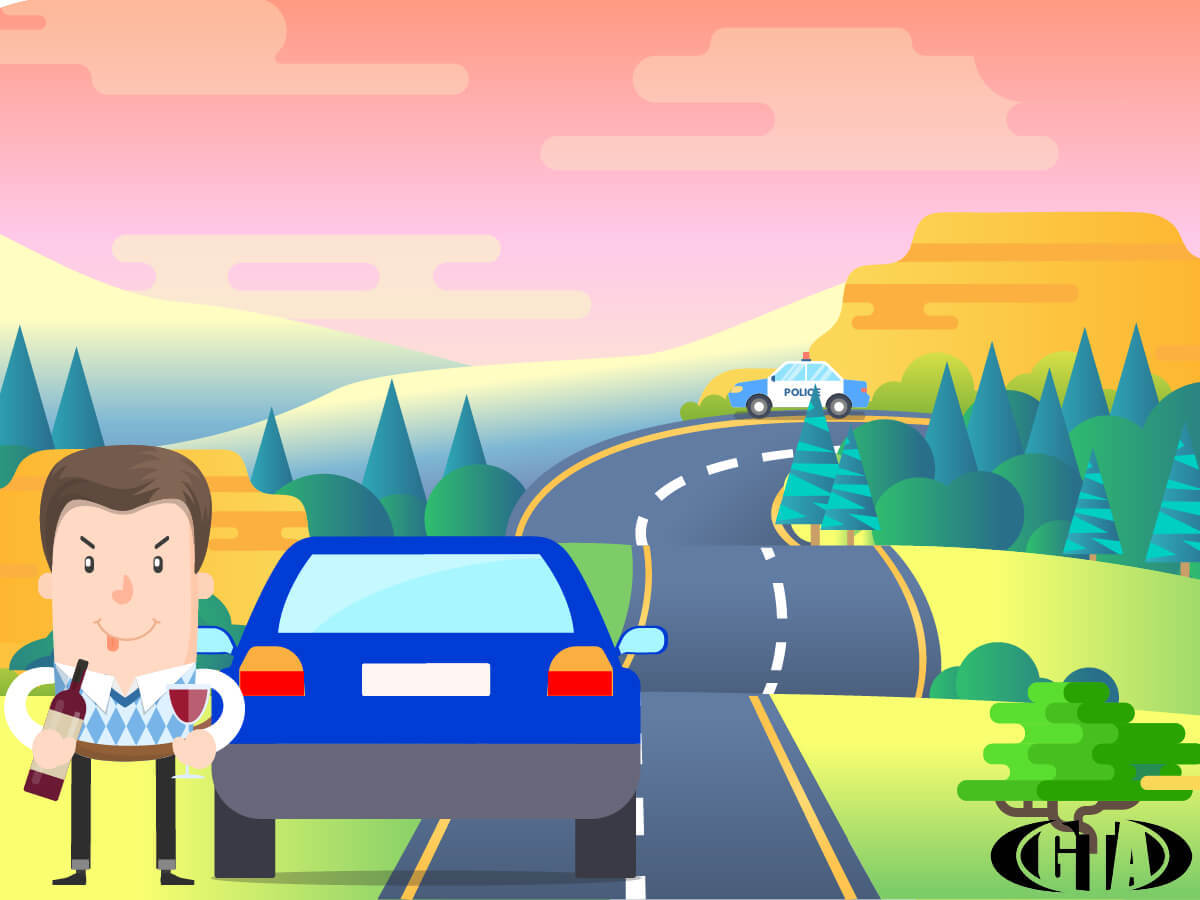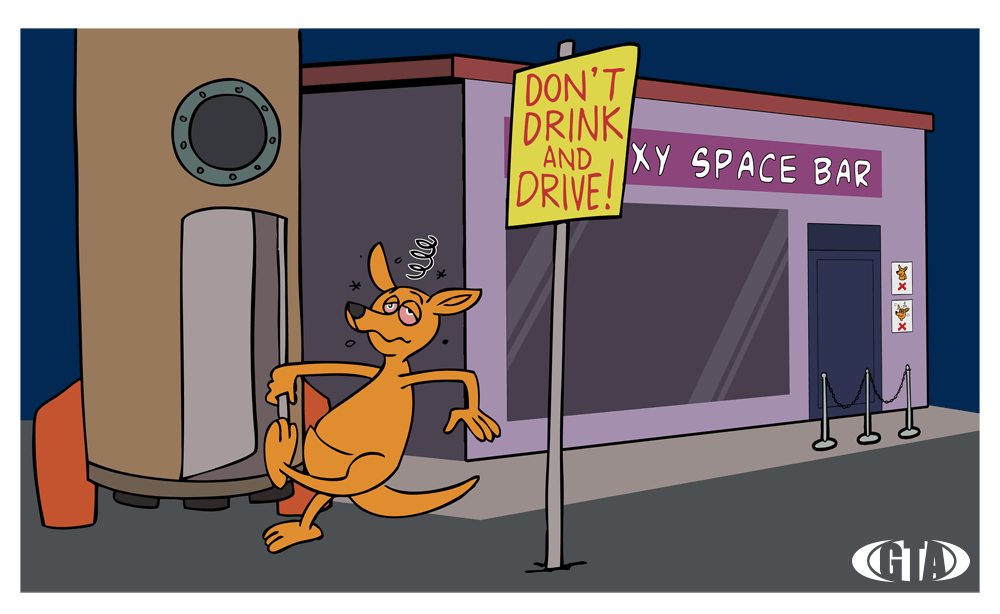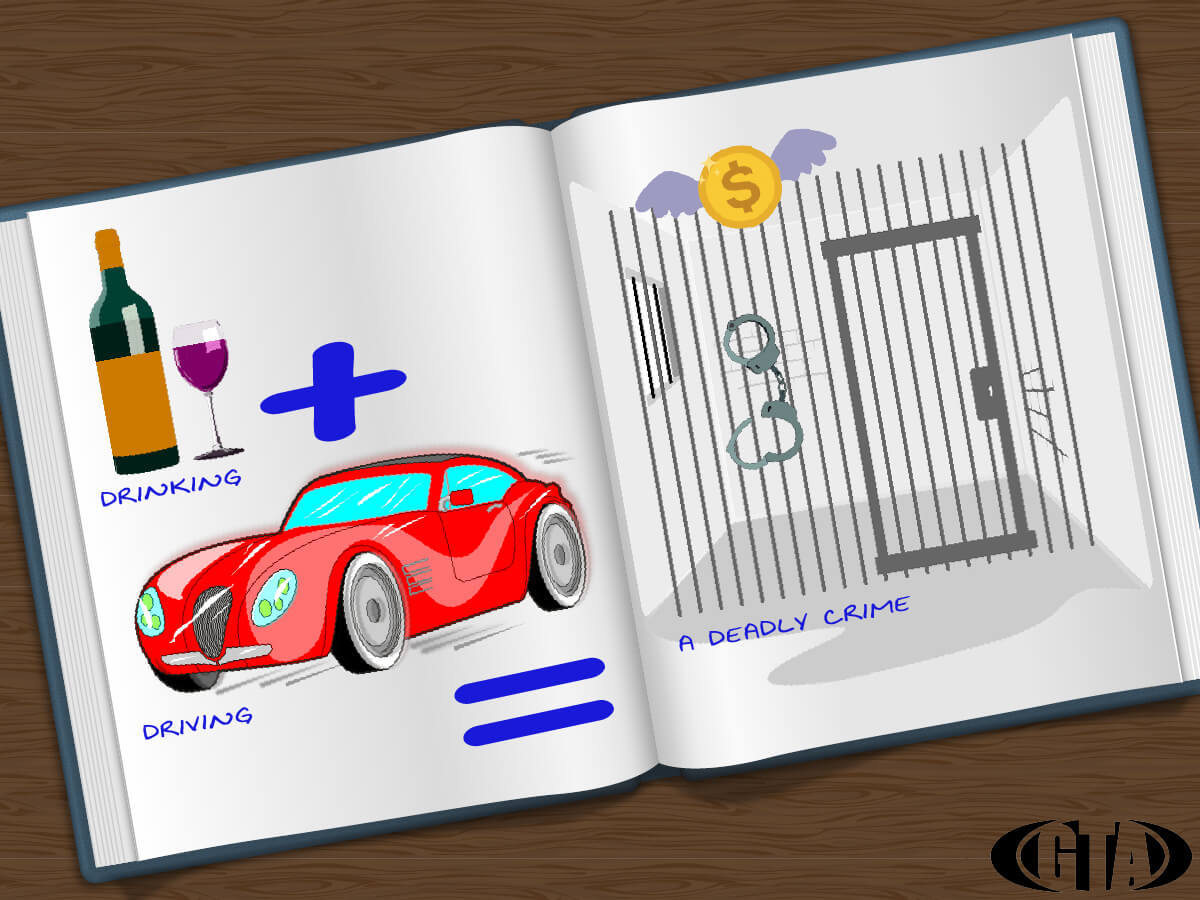Deaths & accidents statistics and measures to prevent
Drinking for enjoyment, drinking to forget the pain and drinking to curtail the effects of depression are some of the easy reasons which alcohol enthusiasts give to indulge in their favourite guilty pleasure. Relying on alcohol to express their emotions is not something new for people. But relying upon their confidence in having the right state of mind post their intoxicating sessions are something more serious.
What causes a hangover?
Drunk driving is one such condition wherein people keep their heads held high over their driving prowess and would be weakly paranoid about having a fair level of consciousness. This is one of the most serious crimes which may not just put their own life at risk but can be taxing for others’ health too. According to the research, a blood alcohol concentration (BAC) of 0.05% shows the risk of being involved in a traffic crash of a person who is into heavy alcohol consumption. In Australia, it is an offence to drive while your BAC is 0.05 or above. Your BAC should remain below 0.05 if you:
- Drink not more than two normal drinks in the first hour and one per hour thereafter (for men of average size); or
- Drink not more than one standard drink per hour (for women of average size).

Refusing alcohol service to an intoxicated patron
Worst decision-making, unable to gauge the vehicle clearance while turning the car/truck and having very less or no visibility of the road at all is the immediate symptoms of drunk and drive. Alcohol is a CNS [central nervous system] depressant wherein the automatic bodily processes become sluggish post-alcohol consumption. Additionally, brain function slows and thinking, decision-making, and muscle coordination is weakened. Each of these aspects is essential to driving. Alcohol has multiple effects on the body, so increasing amounts in the circulatory system have augmented effects leading to a noticeable growth in the number of alcohol deaths per year.
Top 10 Health Risk due to Alcohol
The majority bunch at risk for drinking and driving are those who binge drink or are struggling with an Alcohol Use Disorder (AUD). People suffering from AUD consume a large amount of alcohol in a short period of time, putting them at risk for harmful side effects. It takes approximately 30 minutes to two hours for alcohol to be engaged in your bloodstream. During this time, your breathing slows down and your cognitive skills may be delayed. Because of this, it is always unsafe to drink and drive. According to the Centre for Accident Research and Road Safety – Queensland (CARRS-Q), over 1 in 4 drivers and riders killed on Australian roads have a BAC exceeding the legal limit. Drink driving remains a major contributor to fatalities and injuries on Australian roads, even though an illegal BAC limit has been in place for over 25 years.

How to control alcohol-related Violence?
These ignoble alcohol-related deaths must be controlled to get a legally clean slate of road safety for Australia. Below are the effects that your body undergoes while the BAC levels are soaring:
- Slow reaction time
- Very less or no coordination
- Decreased vision
- Negative judging capabilities
- Unaware of the surroundings
Steps You Can Take to Avoid Drink Spiking
The above effects on the body result in either alcohol poisoning deaths or even drunk and driving deaths when the person involves in driving under such unfavourable mind and body conditions. How can this be controlled? What are the steps that can be taken to solve this problem even before it starts showing up the symptoms? Here are a few preventive measures that can be taken to be safe and also be concerned about others’ life which might get at risk.
- Before drinking, assign a non-drinking driver when with a group.
- If you’re hosting a party, then inform your guests to plan in advance and select their sober driver, offer alcohol-free beverages, and make sure all guests leave with a sober driver who has consumed very little or no alcohol.
- Don’t let your intoxicated friends become the chauffeur. Ask them to rely on a sober person to face the steering.
- If you have been drinking or using drugs, get a rideshare service, or call a taxi. Avoid self-driving.
- Curtailing the portions to maintain a sane BAC of your body. Keeping a tab over the number of drinks you had before it’s too late to understand and keep a count.

